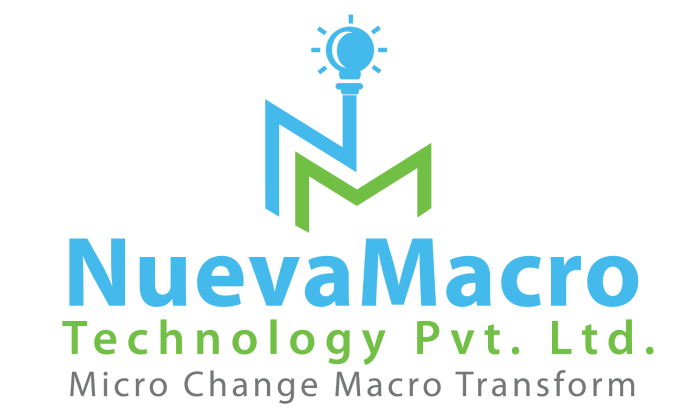Let’s delve into the implementation guidelines for ISO 27001 (Information Security Management) and ISO 9001 (Quality Management). These internationally recognized standards play a crucial role in enhancing an organization’s resilience, security, and overall performance.
Implementing ISO 27001: Information Security Management
What is ISO 27001?
ISO/IEC 27001 is a robust framework that helps organizations protect their information assets. It ensures the safe and secure management of sensitive data, intellectual property, and customer information. Here are the key steps for
implementing ISO 27001:
Learn and Get Ready:
- Educate your team about ISO 27001.
- Understand documentation requirements and consult experts.
- Prepare for the implementation journey.
Define Context, Goals, and Scope:
- Identify internal and external factors impacting cybersecurity.
- Align security objectives with organizational goals.
- Assess legal, regulatory, and contractual obligations.
Assess Your Current State:
- Conduct a comprehensive risk assessment.
- Identify vulnerabilities and potential threats.
- Categorize risks based on severity and impact.
Develop an Information Security Management System (ISMS):
- Create policies, procedures, and controls.
- Align with ISO 27002 (Information Security Controls) and ISO 27701 (Privacy Information Management).
Implement Controls:
- Address risks through security measures.
- Continuously review and refine your ISMS.
Perform Internal Audits:
- Regularly assess compliance.
- Ensure ongoing improvement.
Management Review:
- Evaluate the effectiveness of your ISMS.
- Adjust as needed.
- Integrating ISO 9001 and ISO 27001
- The Power of Integration
Combining ISO 27001 and ISO 9001 within a single Annex L management system offers several advantages:
Streamlined Business Operations:
- Coordinated approach to process management.
- Enhanced efficiency.
Organizational Agility:
- Swift adaptation to change.
- Continuous service delivery.
Increased Trust and Credibility:
- Compliance with international standards.
- Competitive edge.
By aligning information security (ISO 27001) with quality management (ISO 9001), organizations create a secure, high-quality environment. This integration fosters customer trust and competitive advantage.
Remember, ISO 27001 and ISO 9001 are not just about compliance; they’re about efficient, structured, and unified business operations. Consider using an integrated management system (IMS) like ISMS.online to achieve your goals effectively.
In summary, implementing ISO 27001 and integrating it with ISO 9001 can enhance your organization’s resilience, security, and overall performance. It’s a strategic decision that demonstrates your commitment to excellence and continuous improvement.




